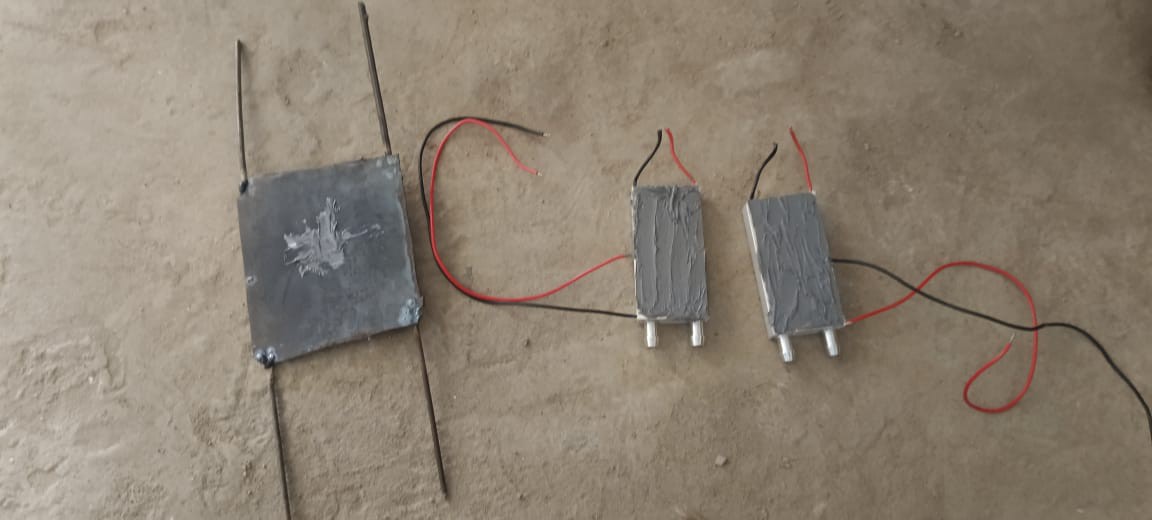Parabolic solar systems, also known as concentrating solar power (CSP) systems, use parabolic mirrors to focus sunlight onto a receiver. The concentrated sunlight heats a fluid, typically a working fluid such as oil or molten salt, which produces steam to drive a turbine and generate electricity. Here's a step-by-step explanation of how electricity is produced by parabolic solar systems:
Parabolic Mirrors: The parabolic solar system consists of a large field of parabolic mirrors arranged in rows. These mirrors have a curved shape that focuses sunlight onto a focal line.
Sunlight Concentration: As the sun moves across the sky, the parabolic mirrors track its movement and reflect sunlight onto a receiver located at the focal line. The mirrors are designed to concentrate the sunlight by a factor of several hundred or more, increasing its intensity.
Heat Collection: The concentrated sunlight is absorbed by the receiver, which is positioned at the focal line of the parabolic mirrors. The receiver contains a pipe or a series of tubes filled with a heat transfer fluid, such as oil or molten salt.
Fluid Heating: The intense heat from the concentrated sunlight is transferred to the working fluid flowing through the receiver. This heating process can reach temperatures of several hundred degrees Celsius, depending on the design and technology used.
Heat Storage: In some parabolic solar systems, the heated fluid is sent directly to a heat exchanger, where it transfers its heat to water to produce steam. However, in others, the heated fluid is directed to thermal storage systems, which store the heat energy for later use. Thermal storage allows electricity generation even when sunlight is unavailable, such as during nighttime or cloudy periods.
Steam Generation: If steam is required immediately, the heated fluid transfers its heat to water in a heat exchanger, generating high-pressure steam. The steam can then be used to drive a turbine.
Turbine and Generator: The high-pressure steam drives a turbine, which is connected to a generator. As the turbine spins, it generates electricity by converting mechanical energy into electrical energy through the generator.
Electricity Distribution: The generated electricity from the turbine and generator is then transmitted through power lines for distribution to homes, businesses, and the electrical grid.
Parabolic solar systems are particularly suited for large-scale electricity generation due to their ability to concentrate sunlight, produce high temperatures, and incorporate thermal storage for continuous power generation.
In my case, I am taking help with peltier modules so I can run a small water pump. the pump sucks the water then the water goes to the aluminum block to cool one side of the peltiers. Peltiers will be kept on Solar Genius. Here are some pictures of the project for next. Soon my cooker price going down and it will be more efficient. because I am going to chroming the whole Satellite dish. where the chroming price is 3.5 USD




 Wasim Sahu
Wasim Sahu
Discussions
Become a Hackaday.io Member
Create an account to leave a comment. Already have an account? Log In.